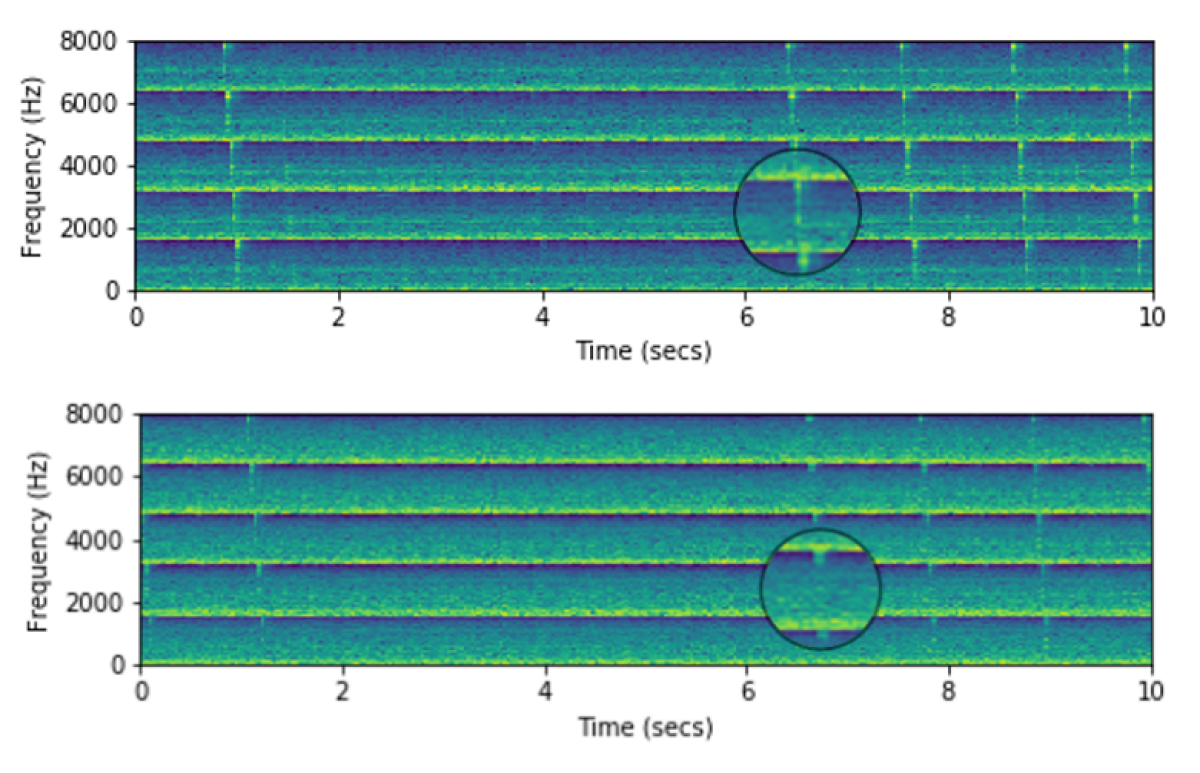
Just a quick write-up on the incubator I made, for the fertilized eggs we picked up recently. They were R5 each (€0.28). The goal is to maintain a temperature of 37.5C.
The incubator consists of:
- Arduino Nano
- DS18B20 temperature sensor
- 4.7K resistor
- Solid state relay module
- 12V power supply (for the Arduino, and relay)
- A relatively inefficient 20W light, on a heatsink.
- Some aluminium foil, in a mostly closed plastic container
The eggs were placed a bit above the heatsink, in an egg carton, (hot air rises.) The idea being that we only want conductive heat, not radiative heat, since radiative heat is directional, and will heat one side of the egg more than the other side.
The Arduino code was adapted from the example code from the OneWire library. The controller measures the temperature at the eggs, and turns on the light when the temperature is below 37.5C, and turns it off when it’s above. Using a separate temperature sensor, we confirmed that the temperature remains within a degree of the desired temperature.
There are better ways to do this, I’m sure, but this is what I came up with, on a day’s notice, with the parts available.
The gotchas encountered were, that the Chinese Arduino Nano I used required selecting to upload the sketch, for the ‘old’ bootloader, and the wiring colours of the DS18B20 were incorrectly labelled, (as it was for this forum user).
#include <OneWire.h>
// OneWire DS18S20, DS18B20, DS1822 Temperature Example
//
// http://www.pjrc.com/teensy/td_libs_OneWire.html
//
// The DallasTemperature library can do all this work for you!
// https://github.com/milesburton/Arduino-Temperature-Control-Library
#define SENSOR 2
#define LIGHT 4
OneWire ds(SENSOR); // on pin 2 (a 4.7K resistor is necessary)
float desired_temp = 37.5;
float light_status = LOW;
void control(float temperature){
if (temperature >= desired_temp)
{
light_status = LOW;
Serial.println("HEATER OFF");
}
else
{
light_status = HIGH;
Serial.println("HEATER ON");
}
digitalWrite(LIGHT, light_status);
}
void setup(void) {
Serial.begin(9600);
pinMode(LIGHT, OUTPUT);
}
void loop(void) {
byte i;
byte present = 0;
byte type_s;
byte data[12];
byte addr[8];
float celsius, fahrenheit;
if ( !ds.search(addr)) {
Serial.println("No more addresses.");
Serial.println();
ds.reset_search();
delay(250);
return;
}
Serial.print("ROM =");
for( i = 0; i < 8; i++) {
Serial.write(' ');
Serial.print(addr[i], HEX);
}
if (OneWire::crc8(addr, 7) != addr[7]) {
Serial.println("CRC is not valid!");
return;
}
Serial.println();
// the first ROM byte indicates which chip
switch (addr[0]) {
case 0x10:
Serial.println(" Chip = DS18S20"); // or old DS1820
type_s = 1;
break;
case 0x28:
Serial.println(" Chip = DS18B20");
type_s = 0;
break;
case 0x22:
Serial.println(" Chip = DS1822");
type_s = 0;
break;
default:
Serial.println("Device is not a DS18x20 family device.");
return;
}
ds.reset();
ds.select(addr);
ds.write(0x44, 1); // start conversion, with parasite power on at the end
delay(1000); // maybe 750ms is enough, maybe not
// we might do a ds.depower() here, but the reset will take care of it.
present = ds.reset();
ds.select(addr);
ds.write(0xBE); // Read Scratchpad
Serial.print(" Data = ");
Serial.print(present, HEX);
Serial.print(" ");
for ( i = 0; i < 9; i++) { // we need 9 bytes
data[i] = ds.read();
Serial.print(data[i], HEX);
Serial.print(" ");
}
Serial.print(" CRC=");
Serial.print(OneWire::crc8(data, 8), HEX);
Serial.println();
// Convert the data to actual temperature
// because the result is a 16 bit signed integer, it should
// be stored to an "int16_t" type, which is always 16 bits
// even when compiled on a 32 bit processor.
int16_t raw = (data[1] << 8) | data[0];
if (type_s) {
raw = raw << 3; // 9 bit resolution default
if (data[7] == 0x10) {
// "count remain" gives full 12 bit resolution
raw = (raw & 0xFFF0) + 12 - data[6];
}
} else {
byte cfg = (data[4] & 0x60);
// at lower res, the low bits are undefined, so let's zero them
if (cfg == 0x00) raw = raw & ~7; // 9 bit resolution, 93.75 ms
else if (cfg == 0x20) raw = raw & ~3; // 10 bit res, 187.5 ms
else if (cfg == 0x40) raw = raw & ~1; // 11 bit res, 375 ms
//// default is 12 bit resolution, 750 ms conversion time
}
celsius = (float)raw / 16.0;
fahrenheit = celsius * 1.8 + 32.0;
Serial.print(" Temperature = ");
Serial.print(celsius);
Serial.print(" Celsius, ");
Serial.print(fahrenheit);
Serial.println(" Fahrenheit");
control(celsius);
}
As the eggs reach maturity, we’ll get a ‘hatcher’ environment ready.








